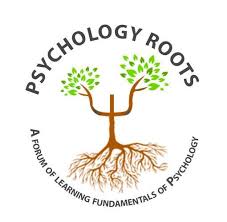Understanding and Overcoming Post-Traumatic Stress Disorder (PTSD)
Trauma, in its various forms, touches countless lives. While some navigate its aftermath with resilience, others find themselves grappling with the lasting effects of Post-Traumatic Stress Disorder (PTSD). This blog delves into the complexities of PTSD, offering insights into its symptoms, causes, and, most importantly, recovery options.
Facing the Shadows of Trauma:
Trauma is a deeply unsettling experience that overwhelms our coping mechanisms. It can stem from a range of events, from witnessing a natural disaster to enduring physical or sexual assault, war, or the loss of a loved one. While the initial shock subsides for many, others find themselves caught in a web of persistent fear, anxiety, and emotional turmoil – the hallmarks of PTSD.
Unmasking the Symptoms:
PTSD symptoms manifest in various ways, often grouped into four key categories:
- Intrusive Memories and Flashbacks: Vivid recollections of the traumatic event, often through nightmares or flashbacks, can transport you back to the moment of terror.
- Avoidance Behaviors: An attempt to shield yourself from reminders of the trauma, you may avoid places, people, or activities that trigger distressing memories.
- Negative Thoughts and Feelings: Feelings of guilt, shame, anger, and isolation can become constant companions, impacting your relationships and self-esteem.
- Hyperarousal and Reactivity: You may experience heightened vigilance, irritability, and difficulty sleeping, constantly on guard against potential threats.
Understanding the Uniqueness of Experience:
It’s crucial to remember that no two experiences of PTSD are identical. The severity and intensity of symptoms vary greatly, shaped by individual factors and the specific nature of the trauma. This understanding is vital in creating a personalized path to recovery.
Navigating the Path to Healing:
While PTSD’s grip may seem unyielding, hope for recovery is always present. Social support and empathy are the cornerstones of healing. If you suspect yourself or a loved one is struggling with PTSD, reaching out to a mental health professional is the first step.
Treatment Options: A Lifeline for Recovery:
A therapist can conduct a comprehensive evaluation to understand your unique experience and develop a tailored treatment plan. This may include:
- Psychotherapy: Different therapeutic approaches, such as Cognitive Behavioral Therapy (CBT) and Eye Movement Desensitization and Reprocessing (EMDR), can help you confront and reframe distressing memories, manage triggers, and develop coping mechanisms.
- Medication: In some cases, medication may be prescribed to manage symptoms like anxiety, depression, and sleep disturbances.
Remember, Recovery is Possible:
The journey of healing from PTSD is not without challenges. It requires patience, commitment, and a willingness to face the darkness within. However, with the right support and evidence-based treatment, you can reclaim control over your life and find peace amidst the storm.
